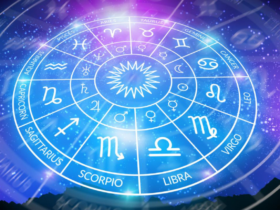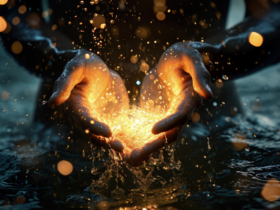Romance and courtship have undergone significant transformations throughout history, reflecting changes in societal norms, culture, and technology. From arranged marriages in ancient civilizations to the modern era of online dating, the way people express love and seek companionship has continuously evolved.
Ancient Times: Practical Partnerships In ancient civilizations such as Egypt, Greece, and Rome, marriages were often arranged for practical reasons, such as alliances, wealth, and social status. Love was not the primary motivator; instead, marriages were strategic partnerships meant to strengthen family ties and ensure economic stability.
Medieval Era: Chivalry and Courtly Love During the medieval period, the concept of chivalry and courtly love emerged. Knights would perform acts of bravery and chivalry to win the favor of their beloved, often a noblewoman. This era romanticized unattainable love, with poetry and songs celebrating the virtues of devotion and honor.
Renaissance: Individual Choice The Renaissance brought a shift towards individualism and personal choice in matters of love. Literature and art from this period, such as Shakespeare’s plays, often highlighted the importance of romantic love and the individual’s right to choose their partner. This period marked the beginning of the transition from arranged marriages to love-based unions.

Victorian Era: Strict Social Codes The Victorian era was characterized by strict social codes and etiquette. Courtship rituals were formal and highly regulated, with a strong emphasis on propriety and reputation. Love letters, chaperoned visits, and carefully planned outings were common practices during this time.
Related: How to Deepen Your Love by Connecting on a Soul Level
20th Century: Changing Norms The 20th century saw dramatic changes in courtship and romance. The influence of the two World Wars, the feminist movement, and the rise of popular culture led to more relaxed attitudes towards dating and relationships. The concept of “dating” as we know it today began to take shape, with greater freedom for individuals to explore romantic connections outside of marriage.
21st Century: Digital Love In the 21st century, technology has revolutionized romance and courtship. Online dating platforms, social media, and mobile apps have transformed how people meet and interact. The internet has made it easier to connect with potential partners across the globe, while also introducing new challenges such as digital communication and maintaining online relationships.
Throughout the ages, romance and courtship have adapted to reflect the values and norms of society. While the methods and customs have changed, the fundamental human desire for connection and companionship remains constant. As we continue to navigate the complexities of modern relationships, the evolution of love and courtship is sure to persist, shaped by the ever-changing landscape of our world.





















